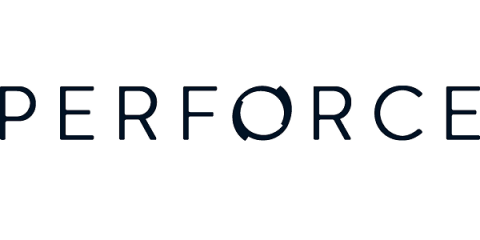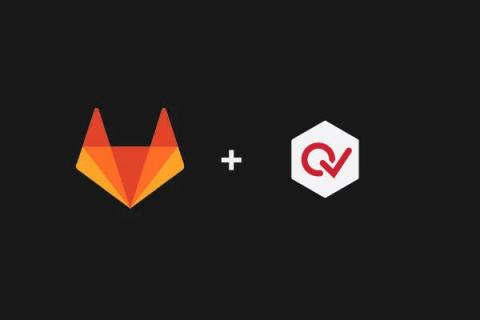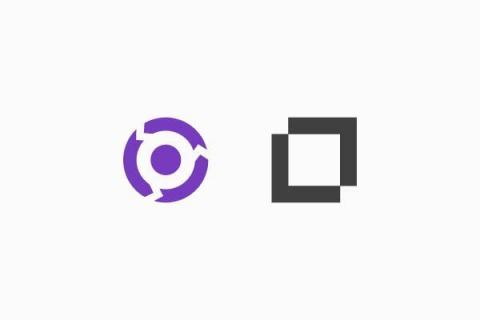9 Tips for Working With Legacy Code
What is legacy code? Legacy code is source code that already exists and needs to be used again. It's not necessarily lousy code, but it often needs some effort to integrate into newer systems. That means you need effective ways of overcoming legacy code's issues. What are your chances of working with legacy code? Given that most of the top 10 programming languages on the TIOBE popularity index have been around for at least 20 years, your chances are very high.










